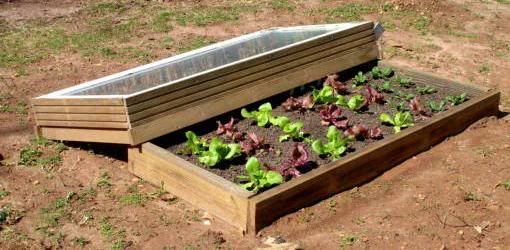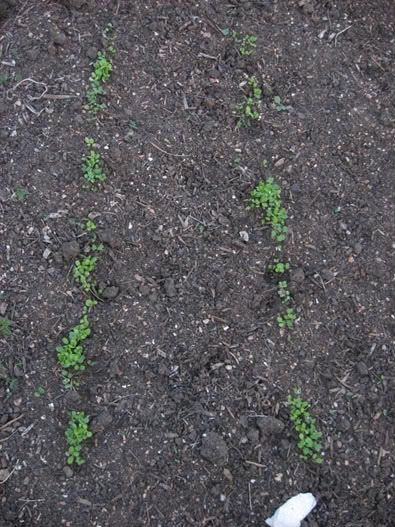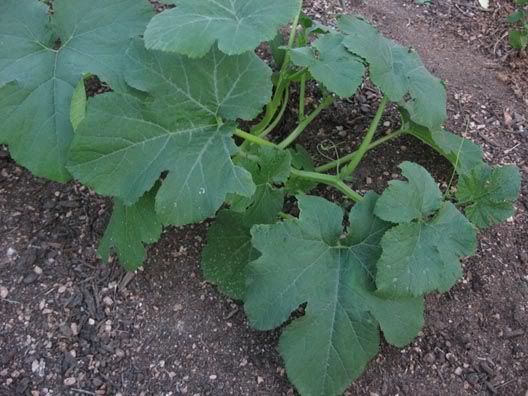Okra; natures little joke on us to see if we will eat anything. What the heck is it? It's this alien looking vegetable straight out of "invasion of the body snatchers".
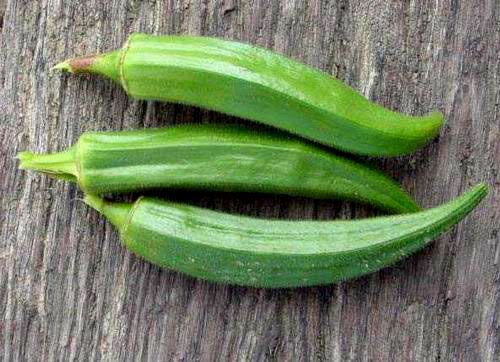
Ask any good southerner how they like to eat it and they will say, "Well, let's see. I might like it fried". Well, duh, everything tastes better fried. Heck, you could deep fry a Buick and it would taste good, "Mmmm, you can really taste the radiator!".
But have you ever had them...pickled? Few folks have. I discovered them many years ago, purely by accident.
Me: what are those.
not me: taste it.
Me: but what is it?
not me: if I tell you, you won't want to try it.
Me: grrrrr, just. tell. me. what. it. is...
not me: pickled okra...
"Hmmmm", I thought to myself, "I like pickled stuff and I haven't the foggiest idea what okra is, so as long as it is soaked deeply in brine, it must be good!".
You see, pickling up north (where I originally come from), is like fried in the south. (not really, we fry things to an inch of their lives as well).
First, let's step into the way back machine to the crazy bawdy days of last year.
Significant Other sent me to the farmers' market for veggies. While there, I noticed and abundance of Okra. I thought to myself, "Well, I had it pickled and it was mighty fine dang good!" So eagerly, I picked up a bunch.
You have to remember something about okra, if you aren't a big fan of the raw stuff, you will be first struck by it's slimy texture, and also, it will seem like it never goes away.
Me: Oh for the love of pete! We still have Okra left??
SO: I know. It's been like 30 years.
Me: Why does it haunt me!
SO: Um, it's just a vegetable.
What to do? I got this crazy fritter recipe for okra out of a local mag. I was desperate. Mince, chop, mix, fry. They came out painfully aweful. However, I'm always pained to throw away perfectly good food, no matter how bad it tastes. SO gave up on them (I don't blame her), but I choked down the rest of them, more out of stubbornness than anything.
With clinched fist shaking at the sky, I vowed to pickle next time!
So here we are.
First more background! Ugh, I know. When will I get to the freaking point?????
SO, is an unbelievable cook. And as such, about 3 years ago, chose to study under the tutelage of Jessica Prentice of Three Stone Hearth out in San Franscico.
Check out their website, they are amazing: http://threestonehearth.com/
Jessica Prentice is also the author of a great cookbook called, Full Moon Feast: Food and the Hunger for Connection
It is an exceptional book of old world traditional cooking. It contains some of the most tasty recipes plus, more so, an insightful philosophy regarding how we should be eating and why.
One of the many parts of the book deals with fermenting foods. Now, a few of you may say, "Hmm, where did I hear about that?" or "I just read something about this in the NY Times". Food-wise it's something of a new pet rock, but don't be fooled, fermented foods are very good for you. All societies have fermented foods of one kind or another in their past. Fermenting foods is yet another way to preserve foods, but more so, it also unlock and creates additional nutrients in that same food.
Since SO's apprenticeship 3 years ago, we have been fermenting foods of one kind or another.
As a side note: I recall, as a kid, my dad would regale me with tails from history and one in particular would be about Hannibal, "Hannibal, while crossing the Alps, fed all his men sauerkraut!". It's no wonder he did, because it was fermented. It's high in nutrients and stores very well for the long term. Traditionally, sauerkraut is a fermented food, so is root beer, ginger ale, kimchi, oatmeal, yogurt, wine, beer plus a whole lot more.
Fermented foods provide good gut bacteria and promote digestion. Plus, they are really tasty!
So why am I just prattling on? Because, that slimy old okra, is about to get a yummy make over. No frying for us! (I think I just heard someone wail out in disgust).
SO's good friend over at Liberty Oaks Farm (Located in beautiful Libery Hill, Texas), gave us a big bag of fresh okra.
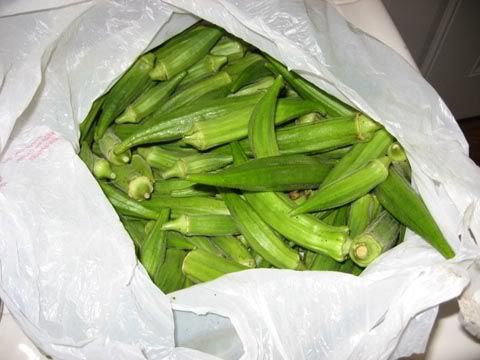
Here is their website: http://www.libertyoakfarms.com/OrganicProduce.htm
I'm not going to lie, when I say the first thought that ran through my head was regarding those awful fritters. But I was dang blasted to allow this little slimy buggers get the best of me.
Weaving the tail of my pickled okra experience to my SO, we decided to ferment them!
Step one: Get a mess of okra! Check.
Get a really big sealable jar...

This 3 quart baby was purchased over at Michael's. If you don't know what a "Michael's" is, it's an arts and crafts place. Yeah, I thought it odd they sold these there too, but what-the-hey.
Then begin filling it up.

You would be surprised how much it holds.
Now you have to prepare the things needed for fermentation. Take good notes here because it's a very long list...
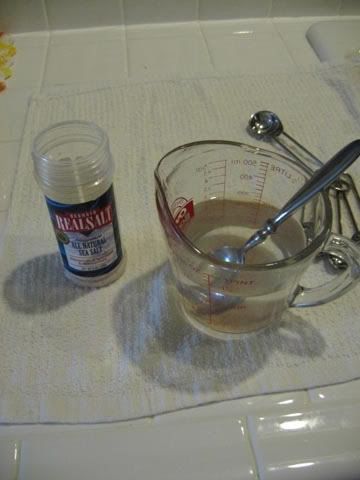
Water and, wait for it, salt.
Whew! I think I got writers cramp.
But it's the mixture that is the hard part.
Basically, 1/2 teaspoon of salt to every 1/3 of of a cup of water.
(if you ever read the fantastic book, Salt: A World History
We mixed 2 teaspoons of salt to 1 1/3 cup of water. With the ball jar filled with okra, it took about 5 of these mixtures.
That done, you have to now protect the okra. Protect against what? Mold. Moldy, moldy, mold...mold. (thank you Austin Powers)
How?
First get one of this...

Wait! That's not right! Aaaak!
You need one of these!
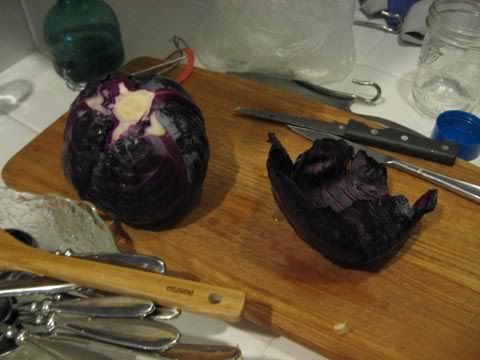
A cabbage. We so happened to have a red one (which leads to interesting results, you'll see later), but a regular one will work as well. Cabbages, as you did or did not know, are very dense and hold enormous amounts of water. So if you are ever stuck in the desert and happen across a cabbage patch, you will be in luck! You will have your fill of obnoxious dolls for the rest of your life.
Gently pull off a few of the leaves and lay them over the brine okra mixture.

and...

(note the guess appearance of Mrs. Hand)
You want to have it completely covered. Now you will need a heavy weight of some kind. With our little set up, we are able to use a medium sized ball jar.
Now this may get a little vague as I try to explain what you are trying to do here next.
First and foremost, you are weighting down the cabbage leaf covered okra so it stays submerged. That is vitally important. If any is exposed, it will be subject to mold.
The medium ball jar fits nicely through the throat of the 3 quart ball jar. Instead of "weighing" it down, we used pressure of the lid to push it down.
Here's a pic...

You can see the smaller ball jar pressing down on the cabbage leaves. It's pressing down on the full contents due to the lid pushing it down. In olden times, they would use a very heavy rock. THAT had to be one valuable rock. I'm sure they passed down through the ages.
Daughter: Mama, do I have your blessing to marry Ogdon?
Mama: Yes, daughter and I also pass the rock on to you!
Daughter: Oh mama, but that is grandma's great rock, I couldn't...
Mama: You will take it and you will weigh down many a cabbage!
Daughter: I got the rock!!!
Life was simpler back then.
With all this done, you have to make sure the jar has a good seal. These types of large jars have the rubber gasket configuration dealy.
But suppose you get a little mold? It's not tragic, just skim it off, then make sure your seal is okay.
Now we wait...it has to pickle/ferment.
two weeks passes...
We popped it open. Mmmmmmm pickly.
Here is our yield.
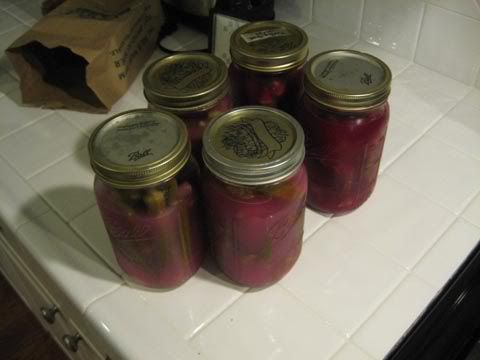
You have pickled okra. Mmmmmm.
(Purple...Um, yeah, this what happens when you use a red cabbage)
It will last you a good long time. We just finished up some sauerkraut recently that we made back in the first week of August. Still just as good as the day we first jarred it. :)
You can repeat this same process with just about anything. Onions, carrots, beets, garlic, etc. A friend tried it with fruit but I don't know how they turned out. Could be good, sweet and salty.
So there it is: fermenting foods. :) Give it shot. If you have any questions drop me an email. :) However, I would suggest doing a little reading up on it first. Get Jessica's book, you won't regret it.
And I take no responsibility if you get ill and suffer projectile vomiting. :)
Wow, this was a long one!
Before I go, a few updates...
My first few Jalapenos and Cayenne peppers...
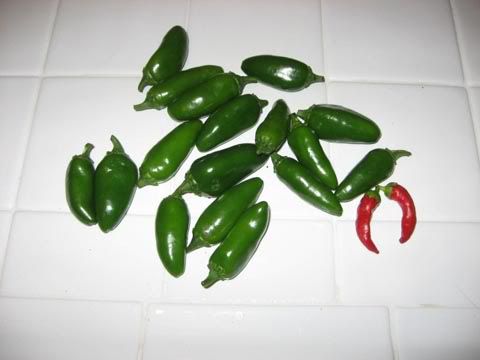
The Jalapenos were moronically easy to grow. I did virtually nothing. We are fermenting this little buggers right now. (I just tasted one. Flames! HOT!! But oh so gooooooood) As far as the Cayennes go, these two got red right away, odd. I have a bunch more still on the plant, but still are green. So I wait...
And now for what you all have been waiting for!!! The mystery plant update!

-Shrugs- I know, I haven't the foggiest. I know what it's not. It's not a summer squash. The blossoms are orangie, so I'm thinking either a melon or pumpkin (I really want it to be pumpkin since mine croaked this past summer)
Here's a close up of a butterfly getting its lunch...

Anyway, that's it for this week. I know I have been slacking on the weekly posting promise, but I will be better, don't beat me!
Next week: We interrupt our regular programming...
What could that mean? Tune in and find out!
And as always...
Green is so wonderfully good. :)
Cheers!
